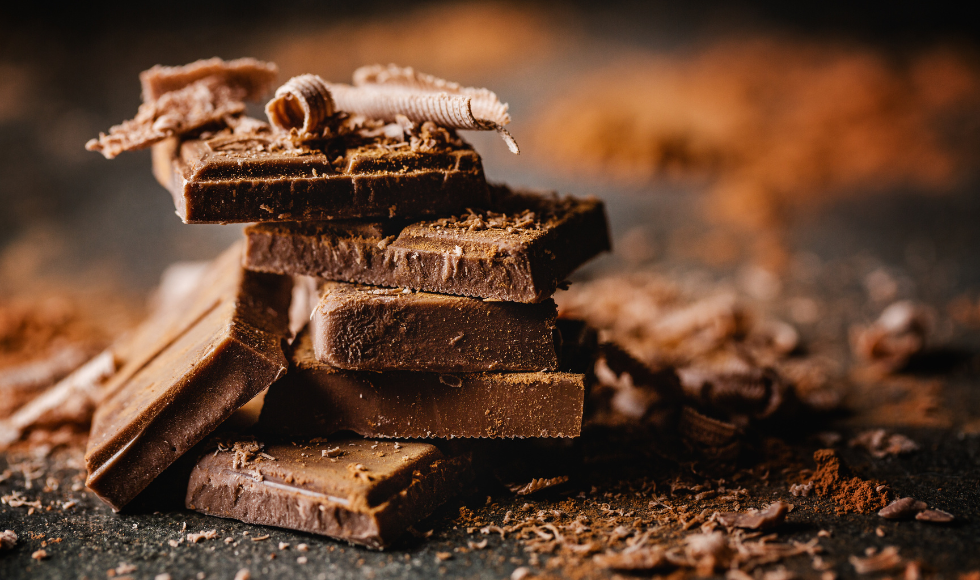Climate change drives up the price of olive oil and chocolate

It's supply and demand: Climate is affecting olive and cocoa crops, but with demand staying high, prices aren’t going down any time soon, economist Colin Mang says.
BY Andrea Lawson
April 22, 2024
Climate change is part of the reason you’re digging deeper into your pockets at the grocery store, a McMaster economist says.
The price of olive oil, for one, has shot up in recent months. According to Statistics Canada, a litre of olive oil has gone from about $9 at the end of 2022, to above $14 this January.
This spike has been caused, in large part, by a change in growing conditions.
“Drought has had a pretty significant impact in the Mediterranean, which is where a lot of the olive oil production is,” explains Colin Mang, assistant professor in the department of Economics.
“Spain is the largest producer and they’ve seen their yields plummet by about 40 per cent.”
Italy, Greece and Turkey, which produce olive oil on a much smaller scale, can’t make up for such a substantial loss in production.
Demand for olive oil remains high, but with less supply, says Mang, prices inevitably rise.
“As climate change continues to affect the Mediterranean area, you’re going to see those olive yields stagnate, meaning that prices unlikely to drop anytime soon,” he explains.
But it’s not just olive oil. Climate change is also impacting cocoa yields, which will send the price of chocolate at the grocery store soaring in the months to come.
A significant portion of the world’s cocoa comes from the Ivory Coast and Ghana, where farmers have felt the impact of climate change on their growing season.
“That, like olives, is a longer-term challenge,” says Mang. “And it’s being compounded by a short-term problem — the swollen shoot virus.”
This virus significantly reduces crop yields and forces farmers to destroy and replant their crops. Many farmers are moving away from cocoa altogether, in favour of resilient crops that can offer better income security.
“We’ve already seen the price of raw cocoa triple in the past six months. The big chocolate manufacturers typically have long-term contracts, but as they renew at higher cocoa prices, those much higher input costs will start to be passed on to consumers,” Mang predicts.
“This will impact the chocolate market over the coming year. Certainly by December, as we approach Christmas and New Year, the price of chocolate in stores will really start to climb as increased cocoa costs take effect.”


